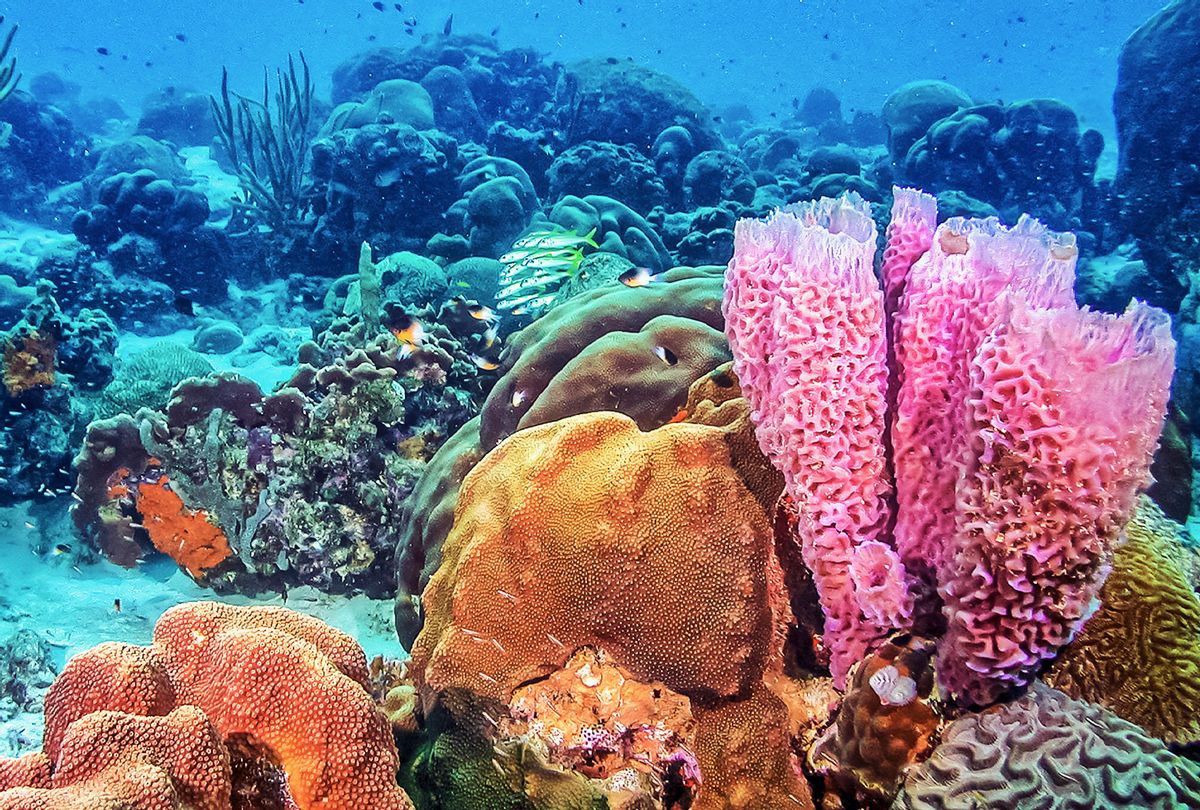
It looked as if the sea sponges were moving.ĭo sea sponges move? Which symmetry is seen in sponges? Underwater imagery showed trails of spicules - structural, skeleton-like spikes that sponges can shed - meandering along the seafloor. The Poriferans are simple multi cellular animals. They are stuck to the floor in the oceans, sea, and rivers. The sponges are living animals that live in the water. All sponges are aquatic animals with the vast majority living in saltwater environments. Most live in quiet, clear waters, because sediment stirred up by waves or currents would block their pores, making it difficult for them to feed and breathe.Īll sponges belong to the taxonomic phylum Porifera, which is part of the kingdom Animalia and encompasses over 500 genera and between 5,000 and 10,000 different species. Sponges are worldwide in their distribution, living in a wide range of ocean habitats, from the polar regions to the tropics.

The flagella and collar work together to gather food. Sponges use the flagella to move when they are larvae. It’s a cell that has three basic parts: flagella, collar, and cell body.

Those flagella are part of a cell called a choanocyte. Most sponges are hermaphroditic (male and female cells exist in one animal) and reproduce sexually by releasing spermatozoan into the water current to be carried to other sponges, where they interact with eggs. Sponges may have been the first multicellular animals.

But they are animals – despite not having the body parts that we normally associate with animals. Is a sea sponge an animal or plant?īecause of their appearance, sponges are often mistaken for plants. Sponges get food by straining the water that comes through their pores. All animals need food, water, and oxygen to survive. But sponges are animals because they must take in food, and they are multicellular. Sponges don’t look or act like most animals you know. 9 What is the lifespan of a sea sponge?.


 0 kommentar(er)
0 kommentar(er)
